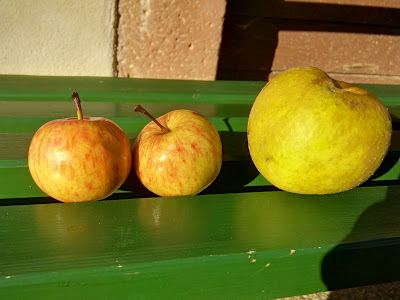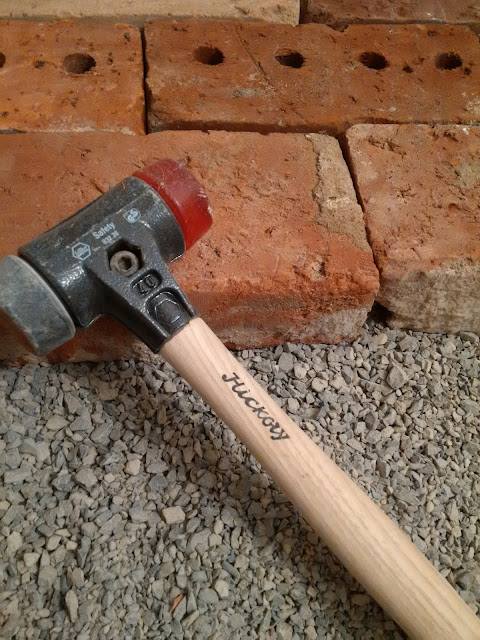I'll keepthis quick, and there'sa short vid at the end in case you don't like reading.
So here's how it was at the last update:
After the walls were patched a bit, I stuck on the wall heating panels with foam.
Then installed the piping, leading the ends up to the distribution manifold upstairs through ducts I had laid months before.
At the same time, the opposite wall, which I had already repointed, needed some plastering to hide the ugly top part.
And done.
The bottom steps were tight against the wall at this stage, as I'd added 3cm to the thickness. So, to plaster over the heating pipes, I needed to get the steps out of the way. These were somehow glued on, so i used a car jack to pop them up, and carefully manhandled them out of the way.
And then plastered the whole lot, except the areas directly beside the entry door, as that would have to be blended in once the door is installed.
After letting it cure acouple of days, i turned the heating on to help dry it out. This would have been the ideal time to put some screwsin the wall for pictures, as you could see where the pipes are!
The opening between the entry hall and adjoining cellar area (where the beer cellar is) needed to be closed off, so we bought a cheap door in the local DIY store, and I built a frame to hang it on.
A quick assembly and a few coats of varnish to keep the door and frame clean, and it was ready to install.
And already quite the transformation! The ceiling was primed with a plaster primer, containing quartz sand, and although I bought a plaster to apply with a trowel and finish with a roller, I think we'll just paint it as it is, as the texture is quite ok! Less work too. Once the front door is in, and the remaining bits of plastering done, then the final paint job will be done. In the meantime, I'll start on the vaulted cellar, to try and get into the same standard as the beer cellar (not to mention making a door for it).
We also finally got a new TV, and to replace the kitchen sideboard that we'd used for the ancient thing we've had till now, I tarted up a lovely board I found in the barn, giving it a run over with the Makita brush sander, and oiling it with worktop oil. The lice edge and grain are really nice, so all I need now it to find proper legs for it, as it currently rests on a pair of old speakers.
And that's it! today i started prepping things to set up a satellite dish, and a couple of small projects, but more of those anon. For now, a live view of the entry hall as it is now:













































